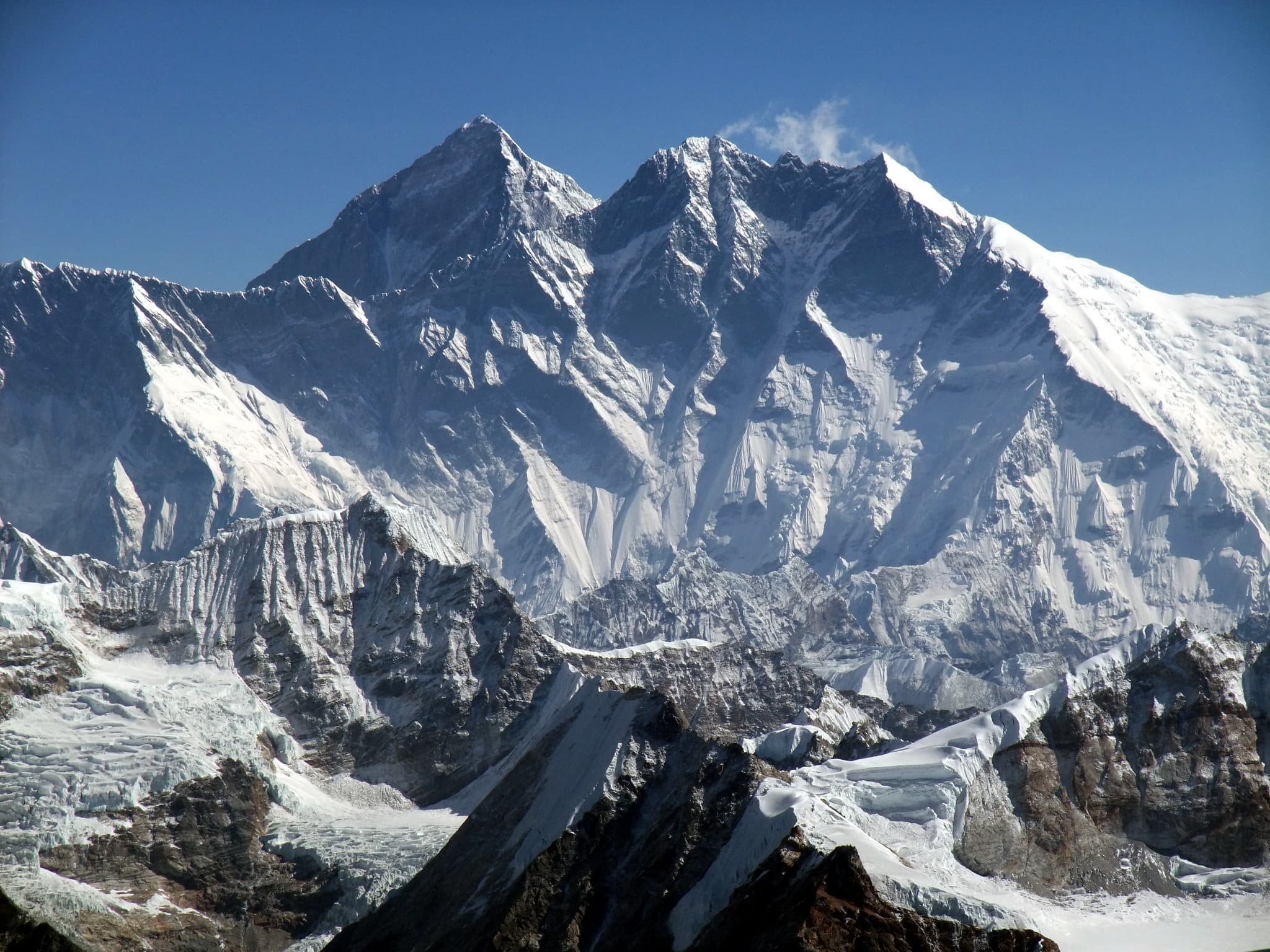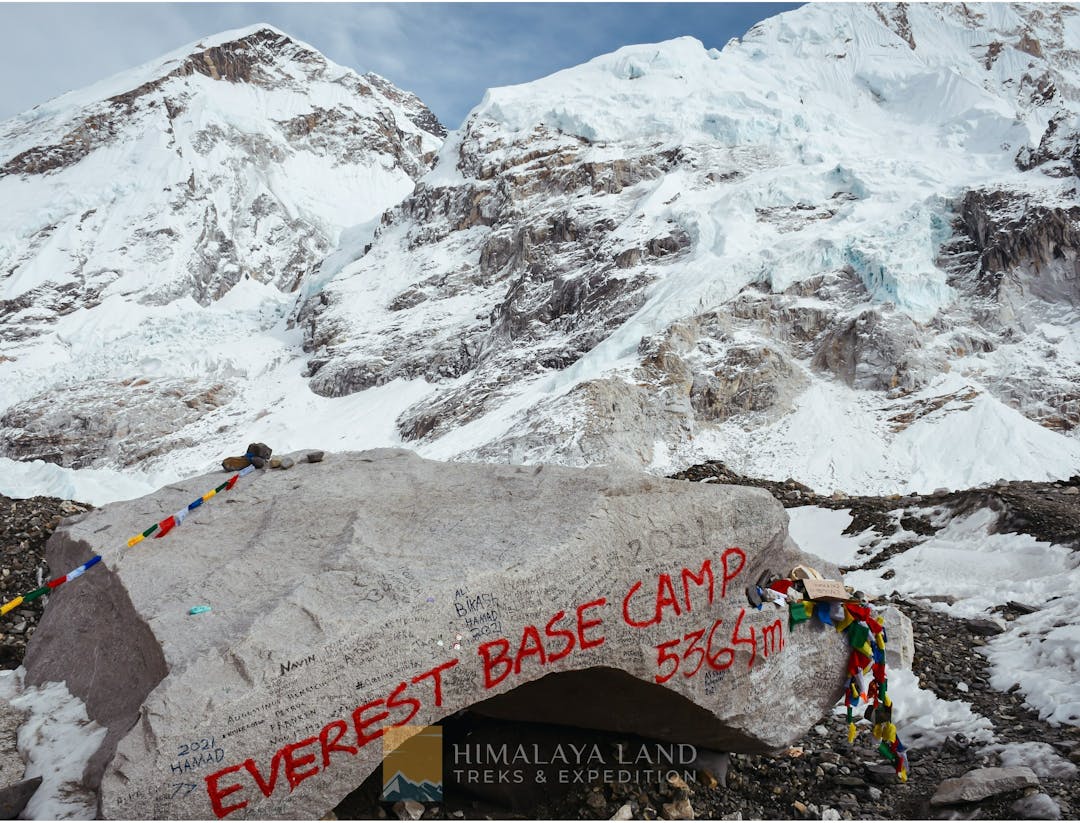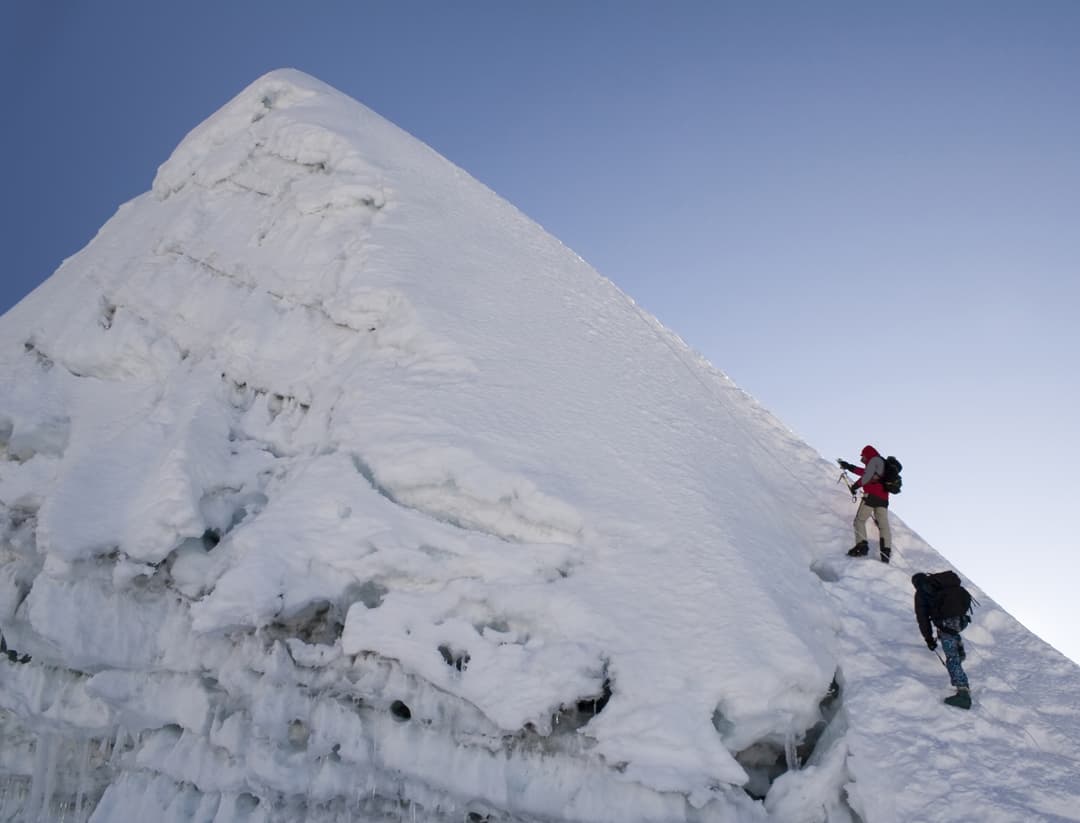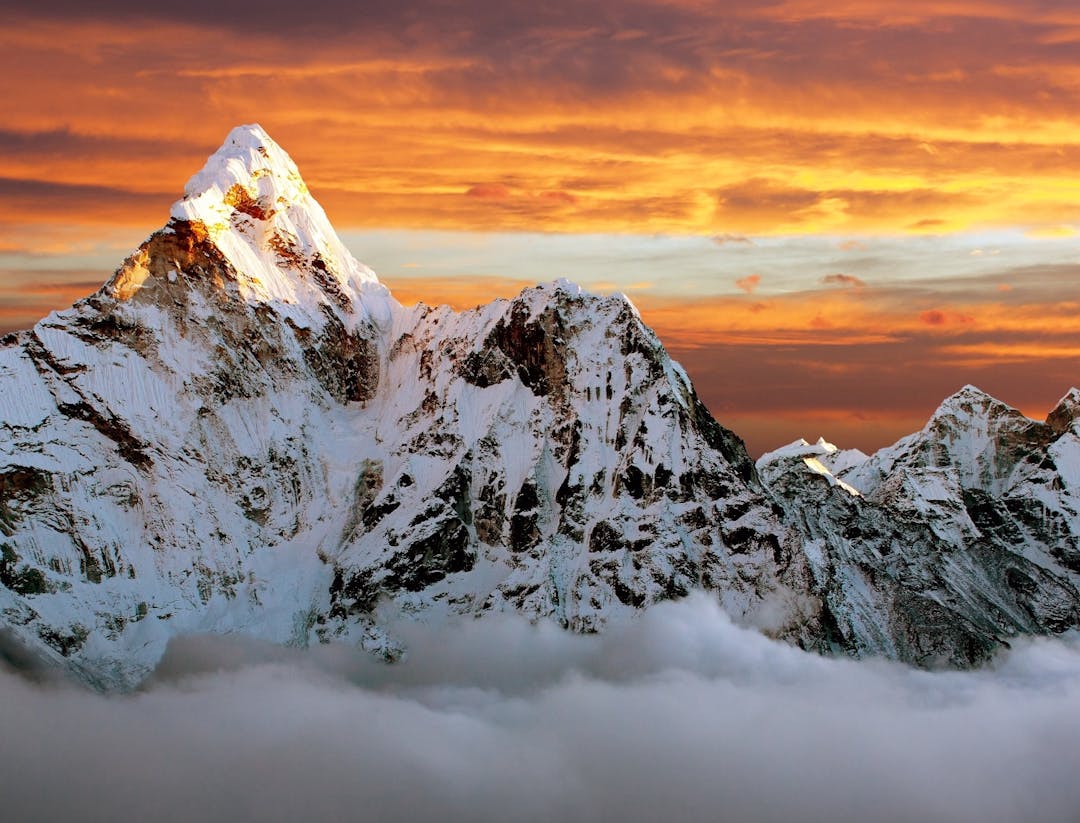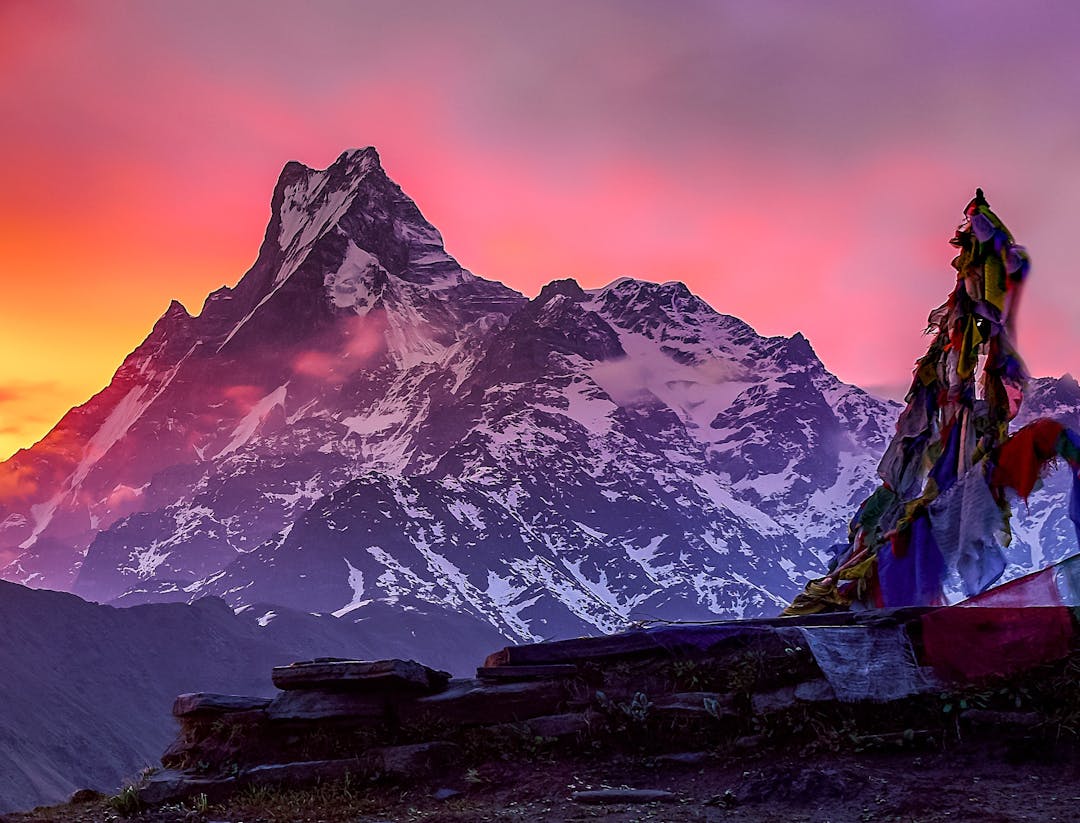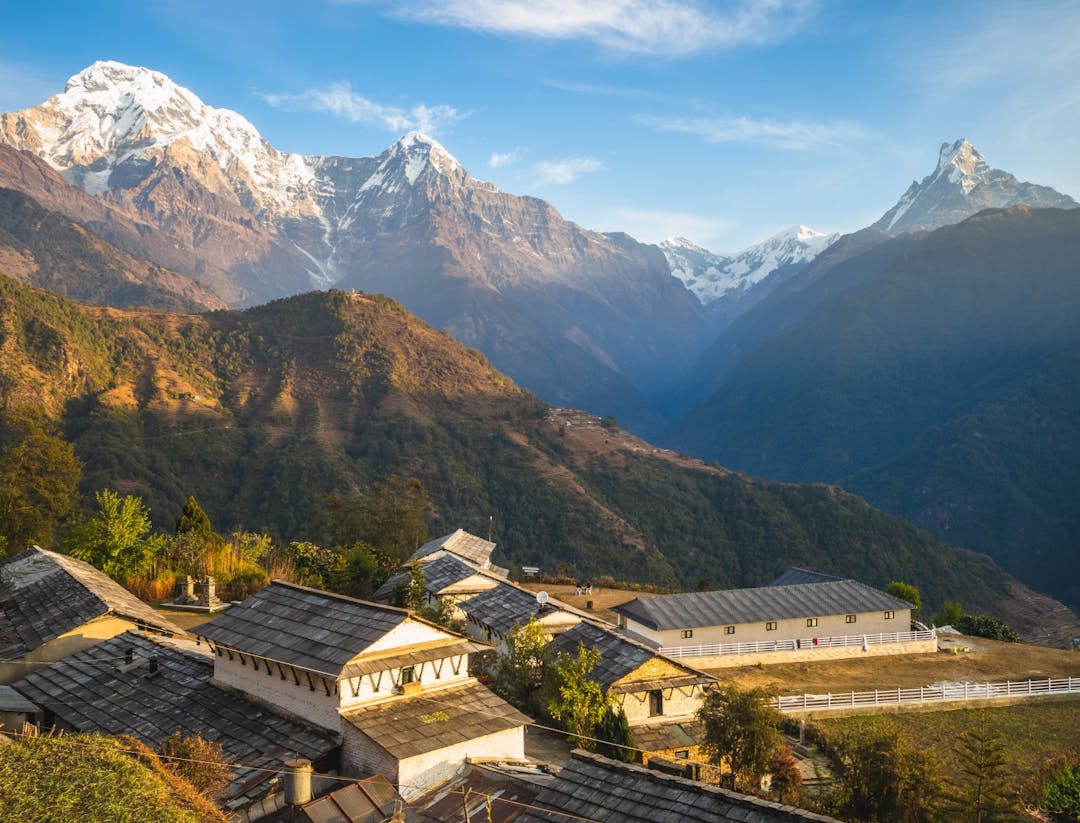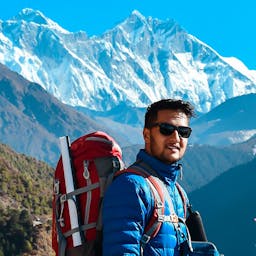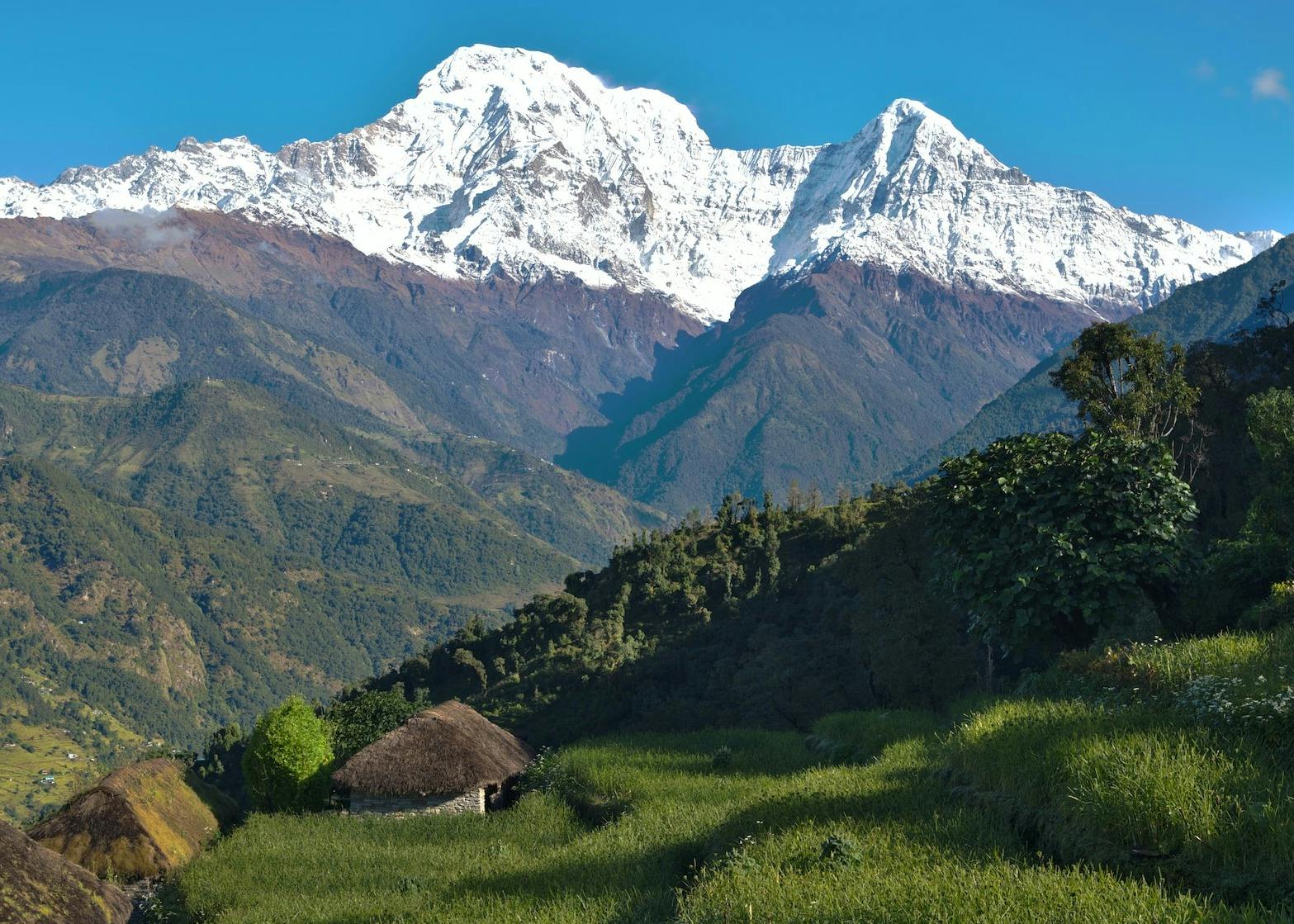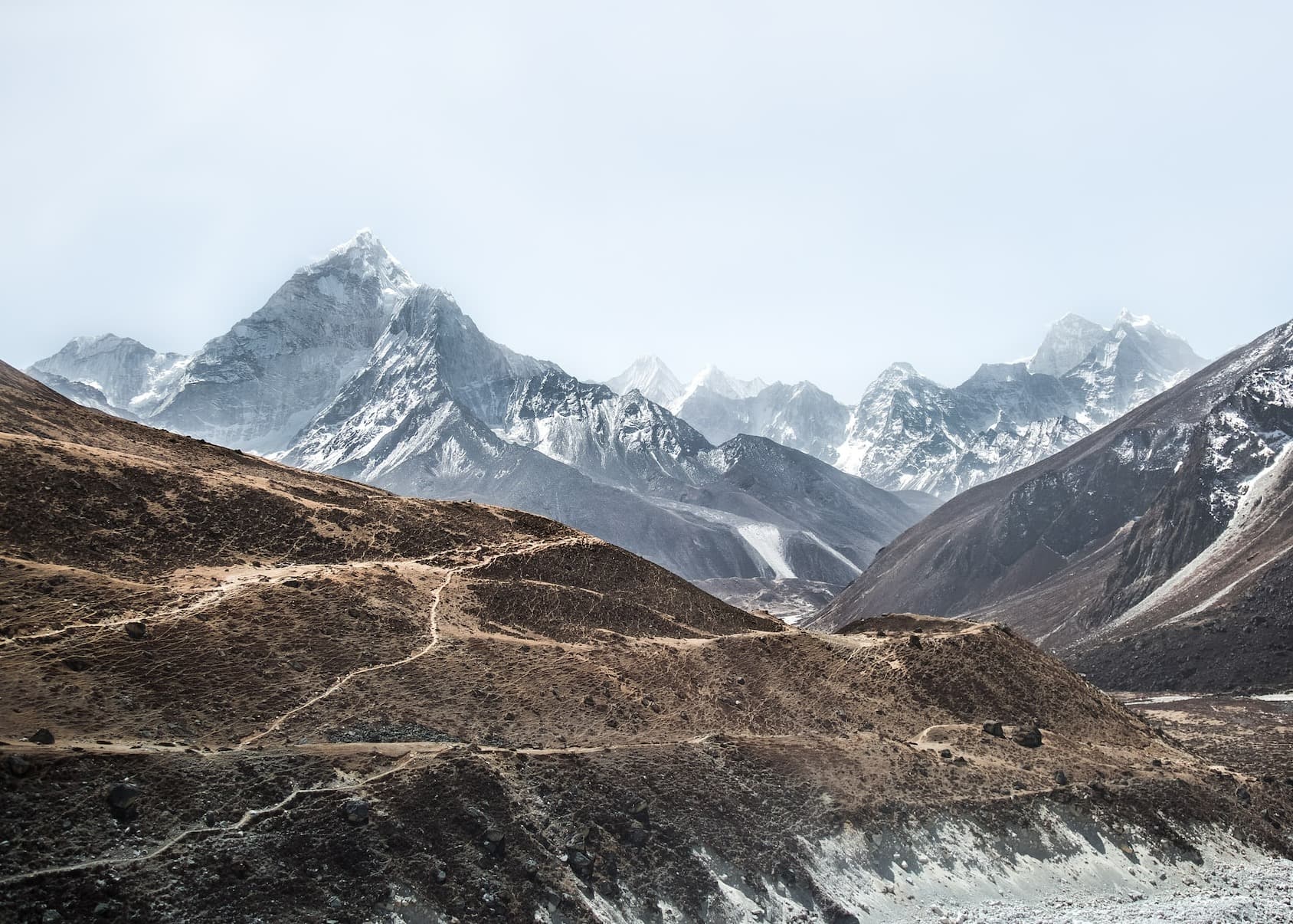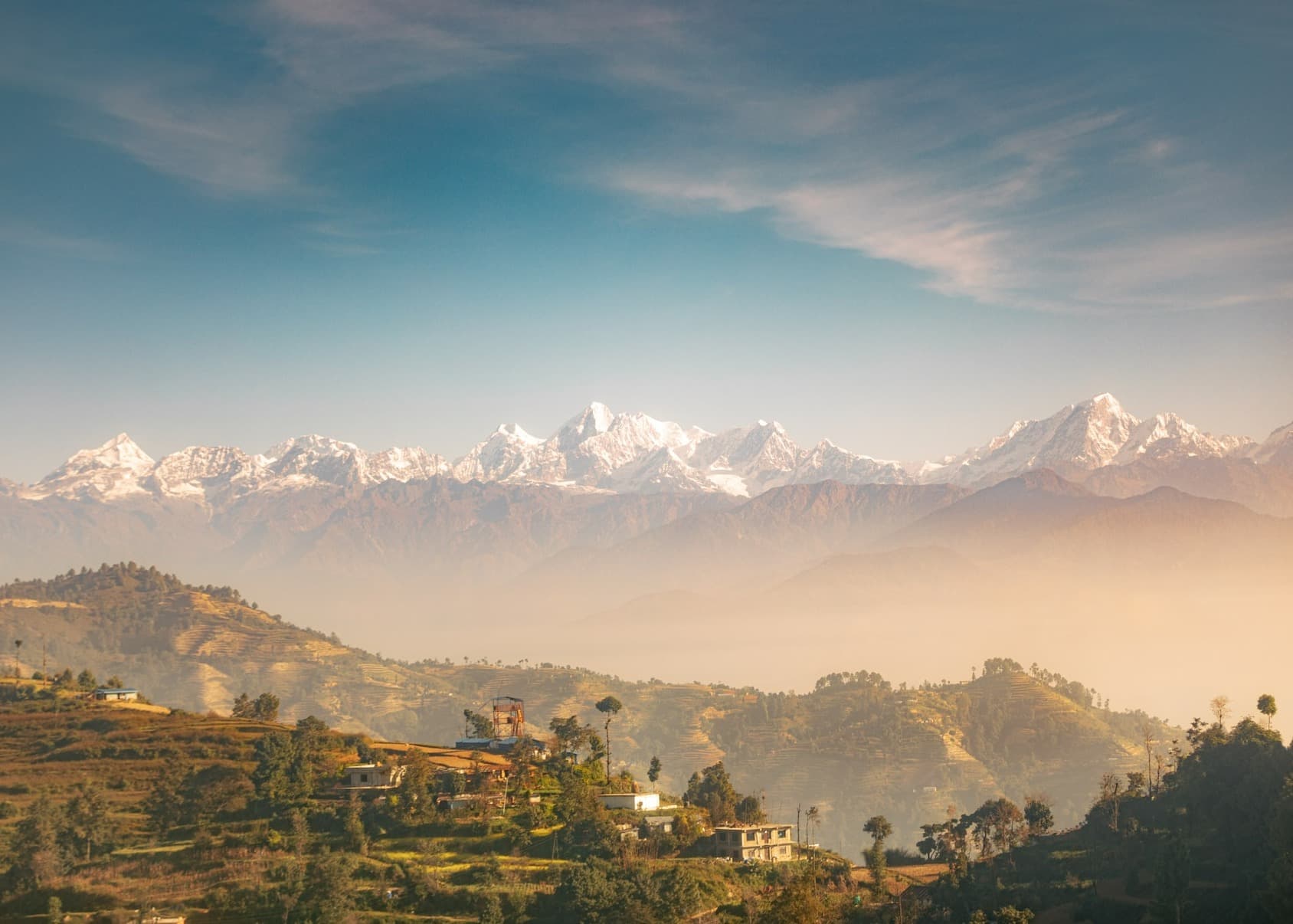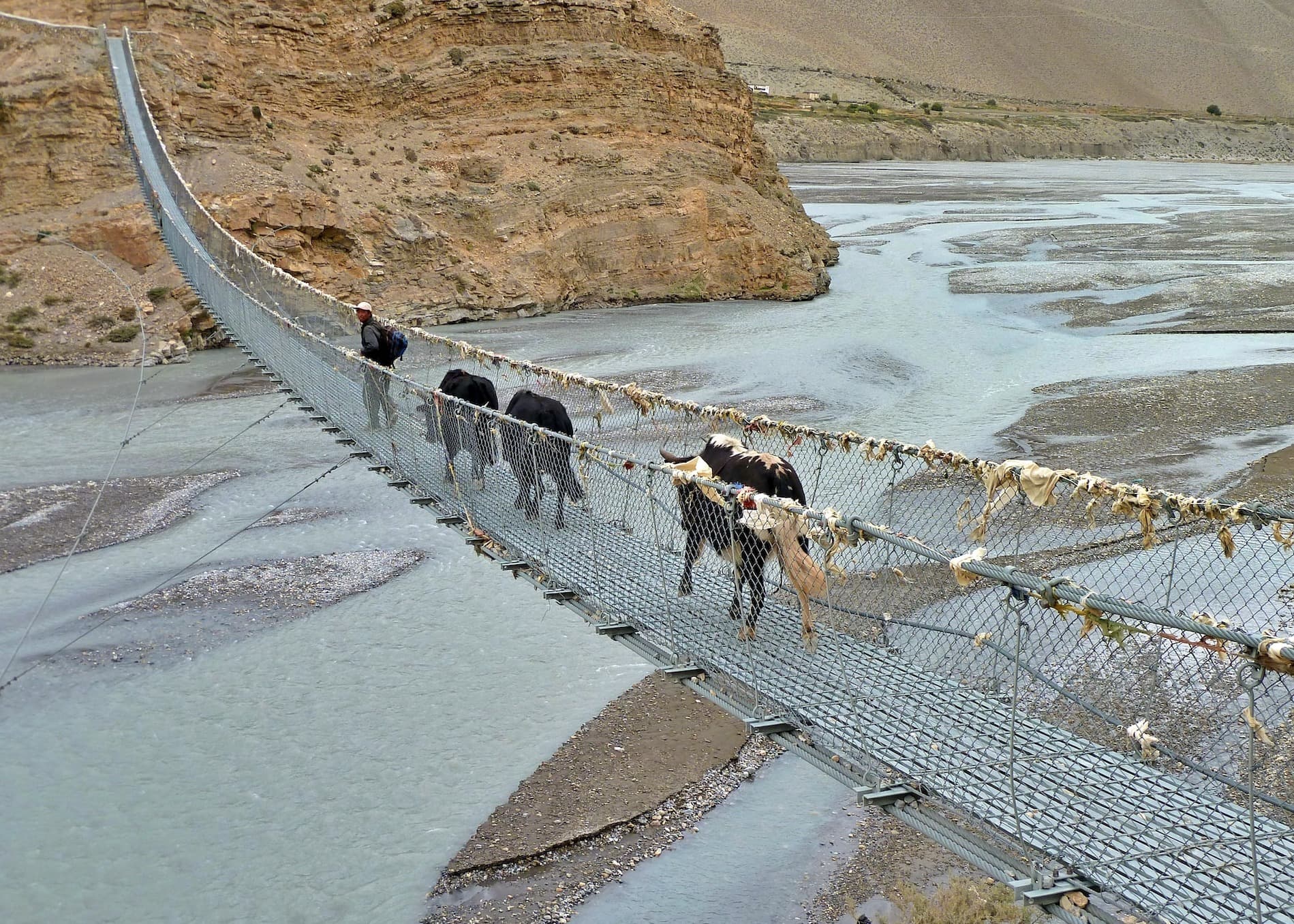- Best time for Mera Amphu Lapcha and Island Peak Climbing
- Cost for Mera Amphu Lapcha and Island Peak Climbing
- Accommodation in Mera Amphu Lapcha and Island Peak Climbing
- Preparation for Mera Amphu Lapcha and Island Peak Climbing
- Route Overview
- What is the success rate of Mera Amphu Lapcha and Island Peak Climbing?
- Are there any age restrictions for Mera Amphu Lapcha and Island Peak climbing?
- Are previous climbing experiences required for Mera Amphu Lapcha and Island Peak?
Combining Mera Amphu Lapcha and Island Peak Climbing into a single package allows you to experience the best of both worlds – the thrill of climbing Mera Peak, the challenge of crossing the Amphu Lapcha Pass, and the satisfaction of summiting Island Peak.
Mera Peak, standing tall at an elevation of 6,476 meters (21,247 feet), is the highest trekking peak in Nepal. The ascent to Mera Peak involves a mix of hiking and basic mountaineering skills, making it an ideal choice for those seeking a taste of high-altitude climbing. From the summit, you'll be rewarded with breathtaking panoramic views of majestic peaks like Everest, Lhotse, Makalu, and Cho Oyu.
Island Peak, also known as Imja Tse, rises to an altitude of 6,189 meters (20,305 feet). It is a popular destination for climbers aiming to test their skills in a Himalayan environment. The climb to Island Peak involves navigating glaciers, scaling steep snow slopes, and reaching a rocky summit. Standing atop Island Peak offers a sense of achievement and awe-inspiring vistas of the surrounding peaks.
Connecting these two remarkable peaks is the Amphu Lapcha Pass, a challenging high-altitude mountain pass at approximately 5,845 meters (19,180 feet) above sea level. Crossing the pass requires technical climbing skills, as you navigate steep and icy terrain, including a glacial traverse. This section demands the use of mountaineering equipment and the expertise of experienced guides to ensure safety and success.
Best time for Mera Amphu Lapcha and Island Peak Climbing
The best time to embark on this expedition is during the pre-monsoon (spring) and post-monsoon (autumn) seasons in Nepal. The months of April to May and September to November offer stable weather conditions, clear skies, and favorable climbing conditions. However, it's important to note that weather conditions in the mountains can be unpredictable, so it's crucial to be prepared for changes and follow the guidance of your guide.
Cost for Mera Amphu Lapcha and Island Peak Climbing
The approximate cost range for a 25–30-day expedition combining Mera Peak, Amphu Lapcha Pass, and Island Peak 3785 USD per person.
This cost typically covers the following aspects:
Trekking permits: This includes climbing permits for Mera Peak and Island Peak, as well as national park permits required for the trekking region.
Guide and porter services: The cost usually includes the services of experienced climbing guides who will assist you throughout the expedition. Porters are also provided to carry the majority of equipment and supplies.
Accommodation: The package generally includes accommodation during the trek, including teahouses or lodges along the trail. However, additional charges may apply if you prefer private rooms or higher-end accommodations.
Meals: Cover meals during the trek, including breakfast, lunch, and dinner. However, any extra meals or beverages beyond the standard menu may incur additional charges.
Transportation: The cost typically includes domestic flights from Kathmandu to Lukla and back, which is the starting point for the trek. Ground transportation from your hotel to the airport is often included as well.
Accommodation in Mera Amphu Lapcha and Island Peak Climbing
- Teahouses/Lodges: Along the lower sections of the trek, particularly in the villages, you'll find teahouses or lodges. These are basic accommodations offering rooms with twin beds or dormitory-style accommodation. Teahouses provide communal dining areas where you can enjoy meals and socialize with fellow trekkers. The facilities in teahouses are simple, with shared bathrooms (often squat toilets) and limited amenities such as hot showers and electricity (which may be available at an additional cost).
- Camping: As you venture higher into the mountains and beyond the villages, camping becomes the primary form of accommodation. Your trekking agency will provide tents, sleeping mats, and other necessary camping equipment. Camping allows for flexibility in terms of choosing suitable locations for overnight stays. However, it requires carrying additional equipment and a support crew to set up and manage the campsite.
- High Camps: In certain sections closer to the peaks, high camps may be established for climbers attempting Mera Peak and Island Peak. These are temporary campsites at higher elevations, typically located near the base camps. High camps consist of tents and basic facilities, providing a place for climbers to rest and acclimatize before summit attempts.
It's important to note that accommodation options become more basic and limited as you ascend to higher altitudes. Availability of amenities such as hot showers, electricity, and even mobile network coverage may decrease. It's advisable to be prepared for simpler living conditions and bring essential items like a warm sleeping bag, headlamp, and other personal necessities.
Preparation for Mera Amphu Lapcha and Island Peak Climbing
Physical and Mental Preparation:
Climbing Mera Amphu Lapcha and Island Peak requires not only physical fitness but also mental resilience. The long hours of trekking, challenging terrain, and high altitudes can be demanding both physically and mentally. Engage in activities that improve your mental strength, such as meditation or visualization exercises, to help you stay focused and motivated during the expedition.
Hygiene and Health Considerations:
Maintaining good hygiene practices is crucial to stay healthy during the expedition. Carry hand sanitizer, wet wipes, and toiletries to ensure cleanliness, especially in areas with limited facilities. Drinking plenty of water, eating nutritious meals, and following the guidance of a guide will contribute to your overall well-being in the mountain environment.
Travel Insurance Coverage:
Before embarking on the expedition, verify that your travel insurance provides coverage for high-altitude mountaineering activities and any potential emergency situations that may arise during the climbs. Review the policy details carefully and ensure that it meets your specific requirements for the duration and nature of the expedition.
Sustainability and Waste Management:
Contribute to the preservation of the mountain environment by practicing responsible waste management. Carry a reusable water bottle, avoid single-use plastics, and dispose of waste properly. Our company promotes sustainable practices, such as waste separation and recycling initiatives. Support these efforts and be mindful of your environmental impact.
Equipment Rental and Gear Check:
If you don't have all the necessary climbing equipment, our company offer equipment rental services. Prior to the expedition, there will be a gear check to ensure that you have the appropriate equipment and that it is in good condition. This check ensures that you are adequately equipped for the climbs and helps maintain safety standards.
Local Support and Sherpa Assistance:
During the expedition, you will have the invaluable support and expertise of local Sherpa guides and climbers. Sherpas are renowned for their mountaineering skills and deep knowledge of the mountains. They will play a vital role in ensuring your safety, navigating the routes, setting up camps, and providing guidance and encouragement throughout the climbs. Their presence adds to the cultural experience and enriches your understanding of the region.
Route Overview
On Day 1, start your adventure by flying from Kathmandu to Lukla, and from there, trek to Paiya at an altitude of 2,730 meters (8,957 feet). The following day, continue your journey by trekking to Pangkongma, situated at 2,846 meters (9,337 feet).
On Day 3, proceed to Nosing Dingma, located at 2,600 meters (8,530 feet). The next day, hike to Chalem Kharka, positioned at an elevation of 3,600 meters (11,811 feet).
As Day 5 arrives, continue trekking to Chunbo Kharka, situated at 4,200 meters (13,779 feet). Journey on Day 6 takes you to Kothe at 3,600 meters (11,811 feet), followed by a trek to Thangnak on Day 7, positioned at 4,360 meters (14,304 feet). On Day 8, reach Khare, your destination at 4,950 meters (16,240 feet).
Take a rest day on Day 9 to acclimatize to the altitude. On Day 10, trek to Mera Peak Base Camp at 5,350 meters (17,552 feet), and on Day 11, proceed to Mera Peak High Camp at 5,800 meters (19,029 feet).
Day 12 is dedicated to summiting Mera Peak, which stands at 6,461 meters (21,198 feet), before returning to Kongma Dingma.
Continue the trek on Day 13, descending to the Hinku Valley at 5,220 meters (17,126 feet). On Day 14, head towards the Amphu Lapcha La Base Camp at 5,500 meters (18,045 feet).
The following day involves traversing the Amphu Lapcha La Pass at 5,845 meters (19,177 feet) and arriving at the Island Peak Base Camp at 5,100 meters (16,732 feet).
Day 16 is left as a contingency day for any unforeseen circumstances. Day 17 is dedicated to summiting Island Peak, which reaches 6,189 meters (20,305 feet), followed by a trek to Chukung at 4,740 meters (15,551 feet).
On Day 18, hike to Tengboche, situated at 3,875 meters (12,713 feet), and continue to Monjo at 2,835 meters (9,301 feet) on Day 19.
Finally, on Day 20, trek from Monjo back to Lukla, situated at 2,850 meters (9,350 feet), concluding your remarkable expedition.
What is the success rate of Mera Amphu Lapcha and Island Peak Climbing?
The success rate of Mera Peak, Amphu Lapcha Pass, and Island Peak climbing can vary depending on several factors, including the weather conditions, climbers' physical fitness, acclimatization, climbing experience, and the expertise of the guides supporting the expedition.
Mera Peak, being the highest trekking peak in Nepal, has a relatively high success rate, which is often above 80%. The route is technically moderate, and climbers with prior mountaineering experience and good physical fitness have a greater chance of success.
Island Peak, one of the popular trekking peaks in Nepal, has a success rate that is generally around 70% to 80%. The climb involves glacier travel, steep snow slopes, and a rocky summit. Adequate acclimatization, physical fitness, and previous climbing experience significantly contribute to the success rate.
Are there any age restrictions for Mera Amphu Lapcha and Island Peak climbing?
Yes, there are age restrictions, you should be at least 18 years old to climb Mera Peak, Amphu Lapcha Pass, and Island Peak climbing. The age restrictions are in place to ensure the safety and well-being of climbers in the challenging mountainous environment. The specific age limits may vary slightly among trekking agencies and permit regulations.
Are previous climbing experiences required for Mera Amphu Lapcha and Island Peak?
Yes, previous climbing experience is generally required to visit Mera Amphu Lapcha and Island Peak. These climbs involve technical aspects and challenging terrain, and prior mountaineering experience is highly recommended to ensure the safety and success of the climbers.

